How two men and a metal detector found one of Yorkshire's most important Roman hoards
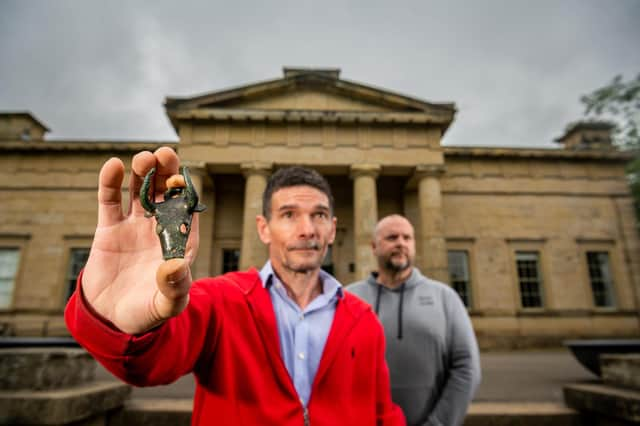

Above ground and beneath our feet, there is evidence of past times lived from the prehistoric to the present day. For archaeologists and metal detectorists, unearthing fascinating finds isn’t just a profession, or a pastime, it’s a vocation to uncover the past and in doing so educate and help shape the future.
In 2011 Rebecca Griffiths became the finds liaison officer for North and East Yorkshire with the Portable Antiquities Scheme. Her interest in the past led her into the profession. “My background is in archaeology. From a very young age, I have had an interest in the past and how we have shaped the world around us. Archaeology is fundamental to our understanding of this story,” says Rebecca, who volunteered on a number of excavations.
Advertisement
Hide AdAdvertisement
Hide AdShe completed an undergraduate degree in Archaeology at the University of York and, after volunteering with the Portable Antiquities Scheme (PAS) during her final year at university, gained an internship with the organisation after graduating. The PAS was established to encourage the voluntary recording of archaeological objects found by members of the public to advance our knowledge of the past.
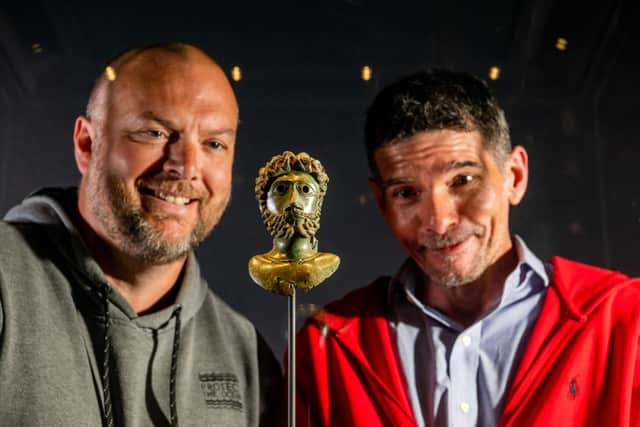

“It achieves this through its network of finds liaision officers (FLOs), like me, hosted in offices around the country. FLOs work with the finders of this material to ensure a digital record is made. Each object is photographed, researched and recorded on to the PAS’s online database containing over one million objects. The records are all publicly accessible,” says Rebecca.
Working with hundreds of finders across Yorkshire every year, including metal-detector users, Rebecca says the PAS records items over 300 years old (to align with the Treasure Act 1996) of any material including metal, stone and ceramic.
“The scheme exists to work with members of the public. They do the finding and we do the research and recording. It is a partnership, with both elements adding something,” adds Rebecca. Interestingly, the majority of objects recorded with the PAS are discovered by metal detectorists.
Advertisement
Hide AdAdvertisement
Hide Ad“The growth of metal detecting and formal reporting offered by the PAS has made much more material available for study, which helps with the interpretation of objects that were previously unique, or where only a handful were known,” she says.
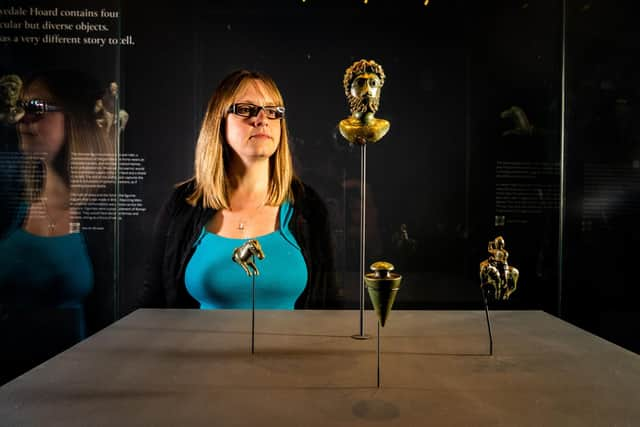

Finders are encouraged to adhere to the Codes of Practice for Responsible Metal Detecting. “There are rules, covered in the Code of Practice, which should be followed if someone intends to go out searching for archaeological material. If these are followed, the benefit to archaeology can be very significant.”
The group has found thousands of artefacts, including an Anglo-Saxon gold shilling unearthed in Fulford, York, in 2016. “Gold coins are always exciting finds, but this one is particularly special as it is one of only a handful of a new type. It is known as a York Group gold shilling and there are only 19 examples we know of. These were struck in the first half of the seventh century and are the first coinage ever made in the town of York,” says Rebecca.
Other examples of fascinating finds include the Wold Newton Roman Coin Hoard. The fourth century hoard, containing 1,857 copper coins concealed in a ceramic pot, was the largest of that period from northern Britain when it was found in 2014 . Like the Ryedale Roman Hoard, it was found by a metal detectorist and both were acquired by the Yorkshire Museum where they are currently on display.
Advertisement
Hide AdAdvertisement
Hide AdOf more than 17,000 fascinating finds Rebecca has recorded, the Ryedale Roman Hoard is her favourite. “This is a hugely important group of objects. The second century assemblage includes a sceptre head in the form of Emperer Marcus Aurelius, a horse and rider figurine, a horse-shaped knife and a plumb bob, all made of copper-alloy.
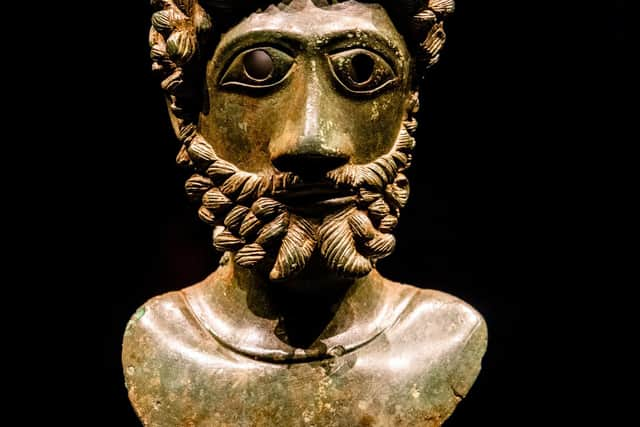

“This hoard tells the important story of rural Roman Yorkshire, while highlighting Roman activity in an area of the county where previously little was known.”
Metal detector users Mark Didlick and James Spark received an award from the National Council of Metal Detecting for unearthing the high-profile hoard in a North Yorkshire field in 2020. For Mark, from Easingwold, this was the most fascinating find he has uncovered in over 20 years of detecting.
James, who was accompanying him, discovered the main part of the hoard. “We both dug it out and when the bust revealed itself it was astonishing. You can’t put feelings into words. You’re always wanting to find something like that, but you never really think it will happen to you,” says Mark, whose most recent find was a 2,000-year-old Iron Age bull head mount possibly for a bucket.
Advertisement
Hide AdAdvertisement
Hide Ad“The majority of the stuff you dig up is rubbish – shotgun cartridges and tinfoil – but every now and then you get a nice little find.”
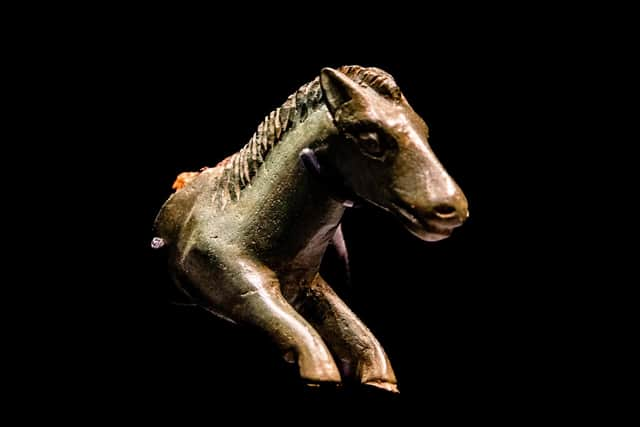

For James, from Leeds, who took up metal detecting five years ago, the Ryedale Hoard has surpassed any of the finds he has unearthed so far – the most recent being a styca coin dating back to Saxon times and only one of a handful discovered in the North. “The Ryedale Hoard is the best thing I will ever find in my lifetime,” he said.
James’ interest stems from watching the archaeological programme Time Team. “I love the fact we have so much history in our country. We are lucky to have every spectrum of age, Bronze Age to Modern Age, and you don’t know what is under your feet.”
FLOs also work closely with coroners to administer the Treasure Act 1996. The reporting of items of potential treasure is mandatory and gives museums the opportunity to acquire artefacts for the benefit of the nation.
Advertisement
Hide AdAdvertisement
Hide AdRebecca’s workplace, at the Yorkshire Museum in the historically important city of York, provides her with the perfect surroundings to explore the past as she explains. “I am at the heart of an archaeologically rich area. York, or Eboracum, as it was then, was capital of the northern province of the Roman Empire.
“By the early seventh century, York was an important royal centre for the Northumbrian kings. It continued to prosper in the medieval period, becoming England’s second city and the Northern capital of religion, royal power, commerce, art and wealth.
“Yorkshire has everything, including the internationally significant Mesolithic site of Starr Carr, prehistoric art on Ilkley Moor, Roman villas at Aldborough, Rudston and many other locations, and medieval castles like Conisbrough and Pickering, all of which come together to tell Yorkshire’s incredible story.
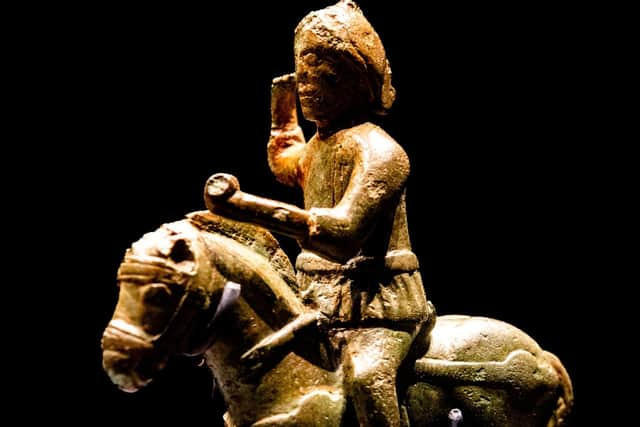

“The work of the PAS, recording archaeological finds from across these areas, has added to our understanding of the region, highlighting newly discovered areas of ancient activity and regionally specific artefact types, giving us greater insights into the lives of the people of our past. Many thousands of objects are found throughout North and East Yorkshire each year reflecting the long and interesting history of the area.”
Advertisement
Hide AdAdvertisement
Hide AdThe PAS is the largest public archaeology project in the world, with more than 1.6 million objects recorded on the database.
“It is a huge collection, a digital museum, of archaeological artefacts from all periods which can be used to examine a wide range of research questions,” says Rebecca.
" Hundreds of research projects now use PAS data, including undergraduate and postgraduate dissertations, PhD theses, conference papers and large- scale research projects. The PAS helps to provide a unique understanding of the archaeology and history of England.”
For more information, or to get involved, visit the PAS website, finds.org.uk.